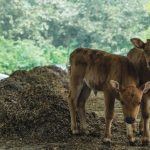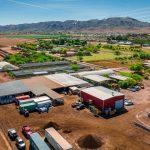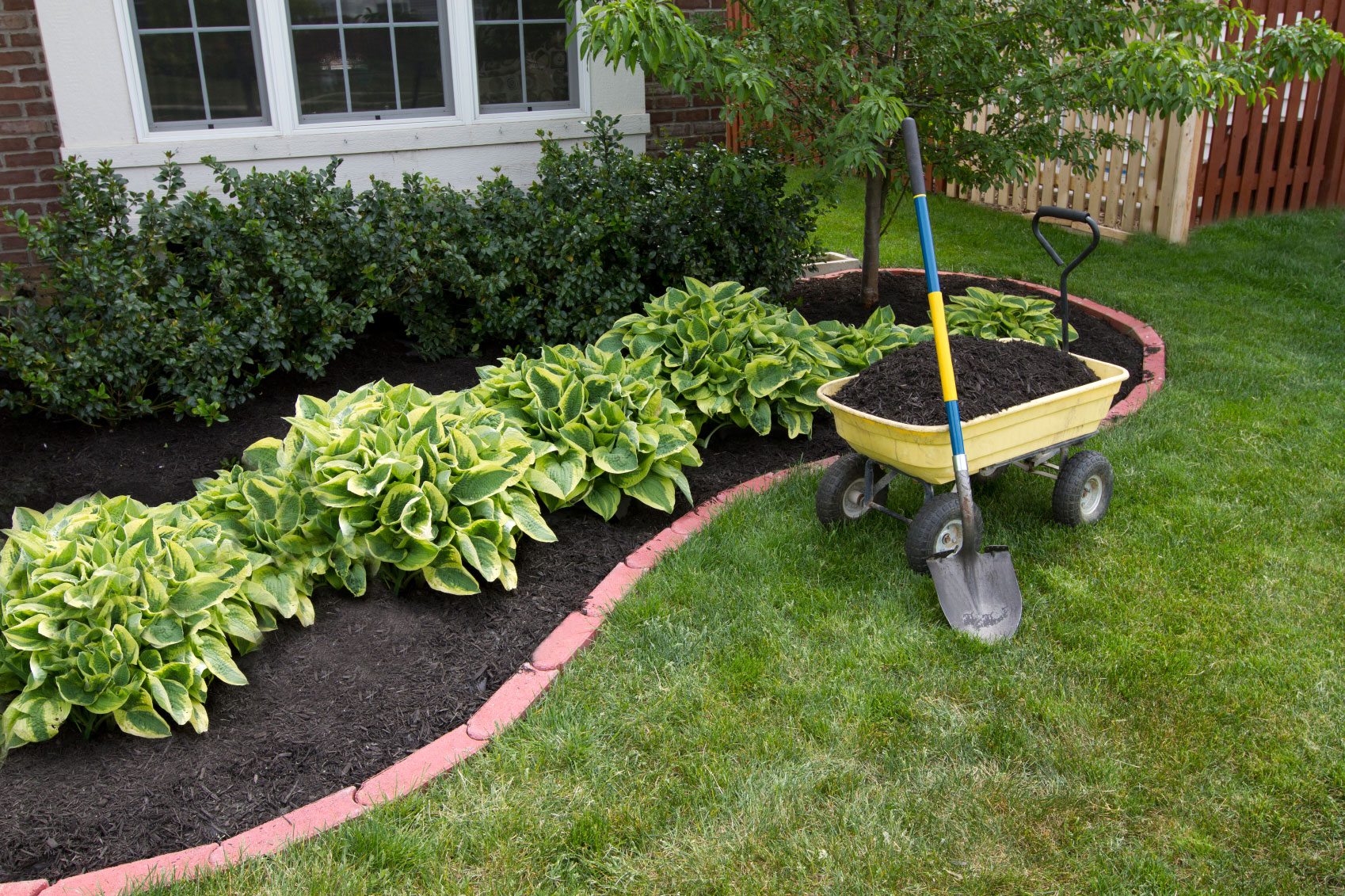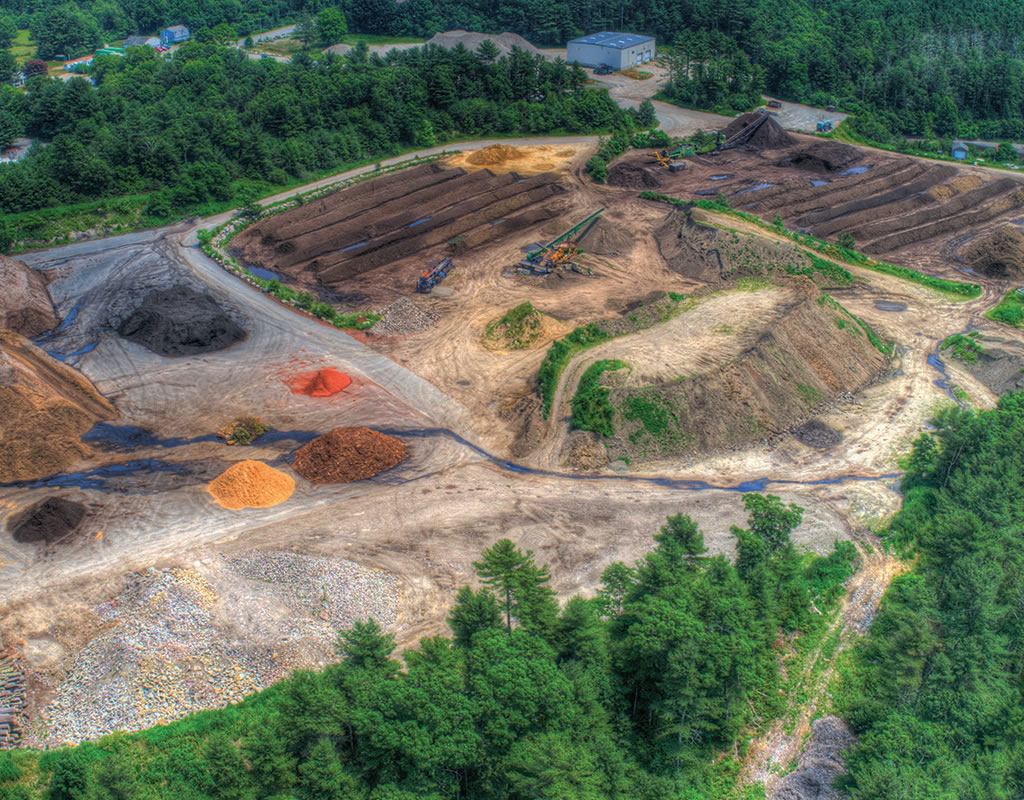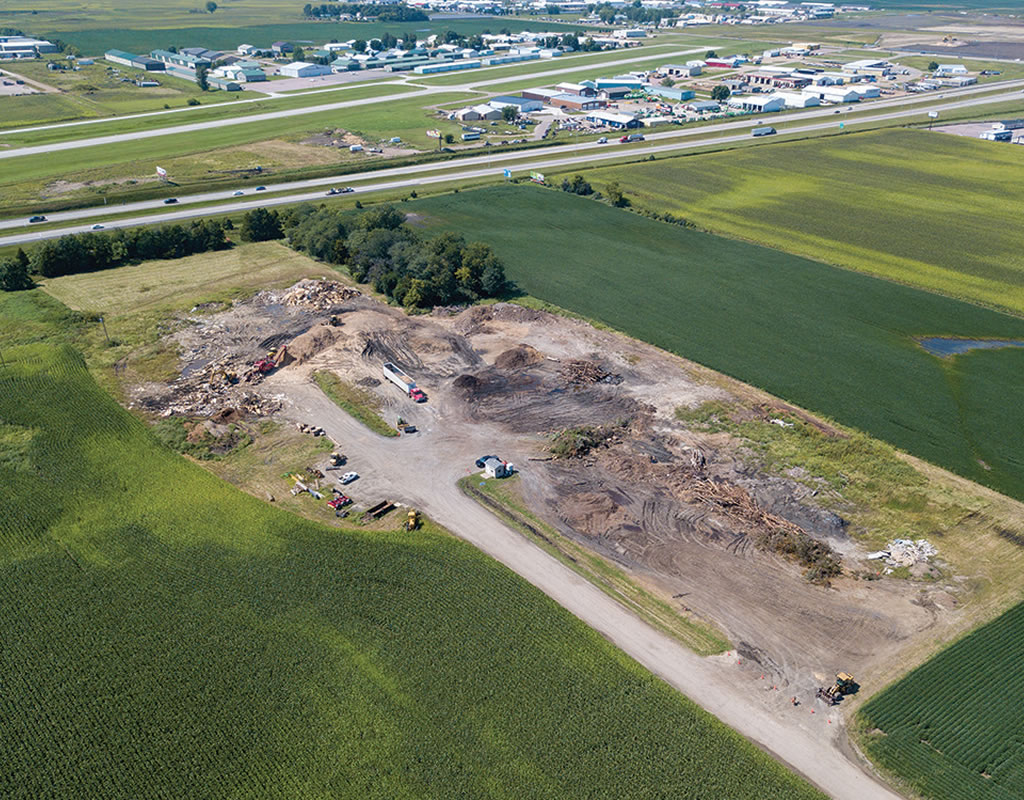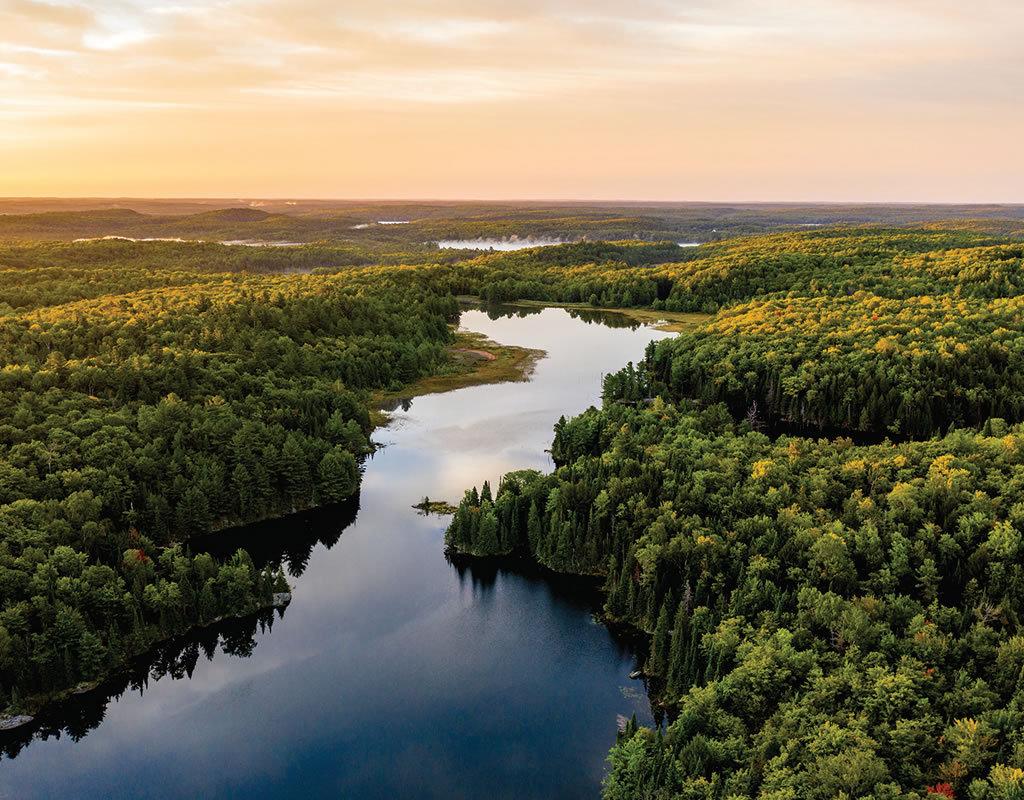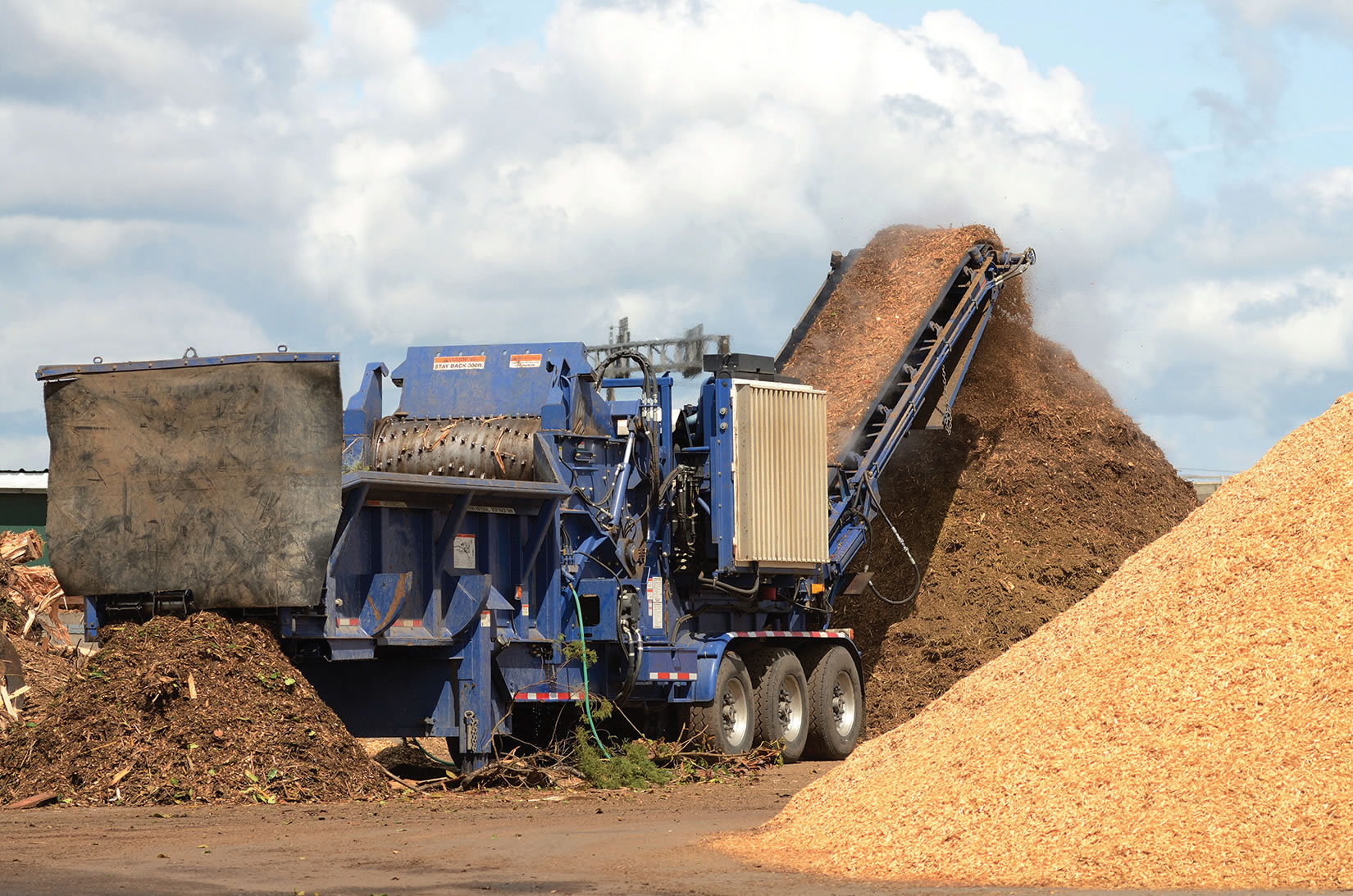By P.J. Heller
For peat’s sake, look to Canada.
That’s the message from the Canadian Sphagnum Peat Moss Association (CSPMA), especially when it comes to peatland science and restoration.
“We’ve been recognized for our leadership, our environmental stewardship across the world,” says Asha Hingorani, president of the CSPMA, which represents more than a dozen horticultural peat moss producers in Canada who account for about 90 percent of the peat production there.
Peatlands in Canada cover nearly 300 million acres (119 million hectares), which represents approximately 13 percent of the country and 25 percent of global peatland surfaces. The industry produces about 1.5 million metric tons of peat per year.
The horticultural peat industry footprint across Canada -- the total area of all peatland surfaces extracted since the beginning of industrial operations in the early 1930s – is about 87,000-plus acres/35,315 hectares. That amounts to 0.03% of all Canada’s peatlands, according to Marie-Claire LeBlanc, peatlands affairs and communications manager for CSPMA.
“That’s really not a big amount,” Hingorani notes. “Our industry operates on small parcels of land over decades.
“We have a really really small footprint when we’re compared to mining and oil and gas and forestry and agriculture and road construction and energy and all of those things,” she adds. “We are a small industry. What we do is important and essential for food production and human well-being, and we make sure we only have a minor impact on a small portion of peatland surface in Canada and in North America.”
Peatlands in Canada, the U.S., and worldwide are critical, as they are the world’s largest terrestrial storer of carbon, even more so than forests. Though they cover only 3 percent of land compared to forests, which cover 30 percent, peatlands store twice as much carbon.
“Keeping this carbon locked away is absolutely critical to achieving global climate goals,” says the Global Peatlands Assessment (GPA) from the United Nations Environment Programme. “However, about 12% of current peatlands have been drained and degraded, contributing to 4% of annual global human-induced emissions.”
In North America, only 1.8% of the peatlands are in a degraded state, according to the GPA.
In addition to carbon storage, peatland ecosystems, which are found in some 180 countries worldwide, are vitally important for biodiversity and water management.
The CSPMA recognized the importance of peatlands decades ago and since 1992 has partnered with universities and Canadian governmental agencies to support $20 million of scientific research on restoring peatlands to their original ecological functions: mainly carbon sequestration, biodiversity and hydrology. A major part of the research focused on the development of best management practices, especially ecological restoration techniques for post-extraction peatlands.
Of the Canadian horticultural peat industry’s total footprint of 87,000-plus acres/35,315 hectares, 61 percent is in production, 29 percent has been restored or reclaimed, and 10 percent is still to be restored, the organization reports.
Other industries, such as agriculture, oil and gas, and mining, have a greater impact on peatlands. The Global Peatlands Assessment attributes human impact on peatlands in Canada to agriculture (63%), mining (18%), hydropower reservoirs (12%), forestry (3%) and peat extraction (1%). The peat industry, however, is the only industry to apply ecological restoration techniques at large scale to the sites it manages, according to the GPA.
While the impact of the Canadian horticultural peat industry is small compared to the other industries there, it has been a pioneer in applying a solution to mitigate its impact through ecological peatland restoration, both LeBlanc and Hingorani say.
Hingorani notes that while some industries may do some reclamation, such as planting trees or making the soil green again, it isn’t bringing back the ecosystem.
“Our industry not only extracts the peat, but we also restore the peatland and its ecological functions once the operations are completed,” she says. “I don’t know how many other natural resource industries could actually claim that. We’re the only industry that really on a large scale restores its land. We do care about the environment and that kind of sets us apart from other natural resource industries. The peat industry has over 30 years of collaboration in research so we can understand the impacts that we have and help mitigate those through restoration practices.”
“Thirty years ago, before climate change and greenhouse gas policies were on the top of citizens’ and governments’ agendas, the CSPMA and its members started collaborating with Université Laval’s Peatland Ecology Research Group, federal and provincial governmental agencies and the Natural Sciences and Engineering Research Council of Canada to find after-use options for post-extracted peatlands,” LeBlanc adds. “The goal: develop a restoration method that would be operationally feasible and ecologically sound to bring back the ecosystem functions of biodiversity, hydrology and carbon sequestration.”
The method that was developed was the Moss Layer Transfer Technique (MLTT), allowing plant communities to re-establish within three to five years which then support the return of animal, insect and bird communities found in undisturbed similar environments. The MLTT also allows carbon sink function to return within 10 to 20 years.
The CSPMA says the restoration process primarily involves rewetting a site by blocking the drainage ditches that were dug to allow the extraction of peat. That is designed to raise the water level. The next step is the reintroduction of peatland plants on the surface of the site. Those plants are usually collected in a nearby peatland, called a donor site.
Once a site is restored, it is monitored for years and decades by researchers.
“The MLTT is not only used on Canadian peatlands but is also applied around the globe,” the CSPMA says. “The method is recognized as a novel, efficient approach to ecological restoration that benefits not only the peat industry but several other activities that impact peatlands. The strong partnership between the science community and the horticultural peat industry, where the peat producers have become restoration leaders, is seen as a model throughout the globe.”
The Pew Charitable Trust cites scientific studies that estimate that peatland restoration would prevent the release of 394 million tons of carbon dioxide equivalent per year, an amount slightly larger than Australia’s annual emissions.
“But altering drainage patterns and local hydrogeography can be costly, so key industries or communities benefiting from extractive uses of peatlands may push back on restoration efforts,” it says. “In addition to restoration, preventing peatlands from being disturbed could also yield substantial climate benefits and may be more economically feasible than restoration in some regions or under specific circumstances.”
LeBlanc recalls that when she first got into the industry, there was little provincial, territorial, or federal government requirements in Canada governing peatlands. Today, all peat extraction activities are strictly regulated throughout Canada and peatlands are required to be restored once extraction ceases. Producers must prove to the government that they have the funds available for restoration and that those funds are set aside for that purpose, even if the company was to go bankrupt.
“Nowadays, peatland restoration has been included in the Canadian government’s stringent regulations that oversee all steps of peat extraction sites development, operations and after-use,” LeBlanc says. “However, some older sites that were closed without going through a restoration process still remain. To address those, CSPMA committed to a National Peatland Restoration Initiative in 2016, which sets ambitious restoration goals for the post-extracted sites, including some that don’t belong to actual companies anymore.”
In 2022, the organization signed a $6.7 million agreement for a large-scale five-year project in collaboration with Environment and Climate Change Canada to address the remaining “historical” peatlands closed without restoration. Half the funds are provided by the peat companies with the other half from the Canadian government.
Hingorani points to the success of the Canadian restoration effort whenever and wherever she can, in part to counter information coming primarily from overseas about the dangers and threats of harvesting peat. The UK and some other European countries plan to ban the sale of peat. A headline in the New York Times warned that “The World’s Peatlands Are Climate Bombs Waiting to Detonate” while another in The Guardian talked of “A growing concern: peat is bad for the planet – and for plants.” Numerous articles have been published about peatland fires in Indonesia -- which has the largest tropical peatlands in the world -- resulting in huge releases of carbon into the atmosphere. In 2015, for instance, peatland fires in Indonesia were reportedly releasing more than 15 million tons of carbon a day into the atmosphere.
Hingorani says the situation of the Canadian peat industry is different. Peat is used to grow food and ornamentals and no peat is used for energy production in North America, she points out. Another difference is the size of the Canadian industry and its best management practices, including peatland restoration implemented decades ago.
“It’s important to understand what misconceptions are out there,” Hingorani says, “and to take in the science-based facts, the truth about the industry.”
Speaking at the annual Mulch & Soil Council annual meeting in Savannah, GA, she said she frequently gets calls from the media asking about the threat of harvesting peat. She often asks callers to look at the issue from a different perspective.
“Do you understand what we do in North America is different [from other countries] in terms of restoration, in terms of our sustainability, our responsible management practices and how science leads our actions and commitments,” she asks.
Even so, as peat is harvested, it releases carbon back into the atmosphere. In Canada, peat extraction results in approximately 1.5 million tons of greenhouse gases being released annually, representing 0.2% of all Canadian greenhouse gas emissions. Worldwide, scientists estimate drained peatlands (mainly for agriculture) emit 1 billion to 2 billion tons of carbon annually, which is around 2% to 4% of all human greenhouse gas emissions.
“Since the [Canadian] industry is extracting on small parcels of land, the effect is somehow limited,” LeBlanc says. She adds that leaving the sites as is, without restoring and rewetting them promptly, is what would cause [greater] greenhouse gas emissions.
“As a general rule, the companies restore the surfaces within three years after the extraction operations are finished,” she says. “A recent scientific paper proved that this is an action that has an important impact on greenhouse gas mitigation. This is why peatland restoration is considered a major and essential nature-based solution and also the reason the Canadian peat industry has been developing and applying restoration techniques on its sites for over 30 years.”
To assuage public concern about peat and global sustainability concerns, the majority of the peat is sold with SCS Global Veriflora Certification. Veriflora is an independent program that shows the peat was extracted from peatlands managed in an environmentally and socially responsible manner.
“We’re doing the right thing the right way,” LeBlanc says. “Everything we do is based on science and that makes it successful. Peat is not a sexy topic . . . We were never out there to tell a story, but really it’s a successful one.
“I think we’re going the right way,” she adds. “That’s why we’re so proud of our industry and we’re sure we’re doing the right thing.”
Related News
Subscribe Today
Every other month, Soil & Mulch Producer
News brings you important stories about:
• New Technology
• Products
• Industry News
• Research Studies
Soil & Mulch Producer News features articles and services relevant to your daily operations.

